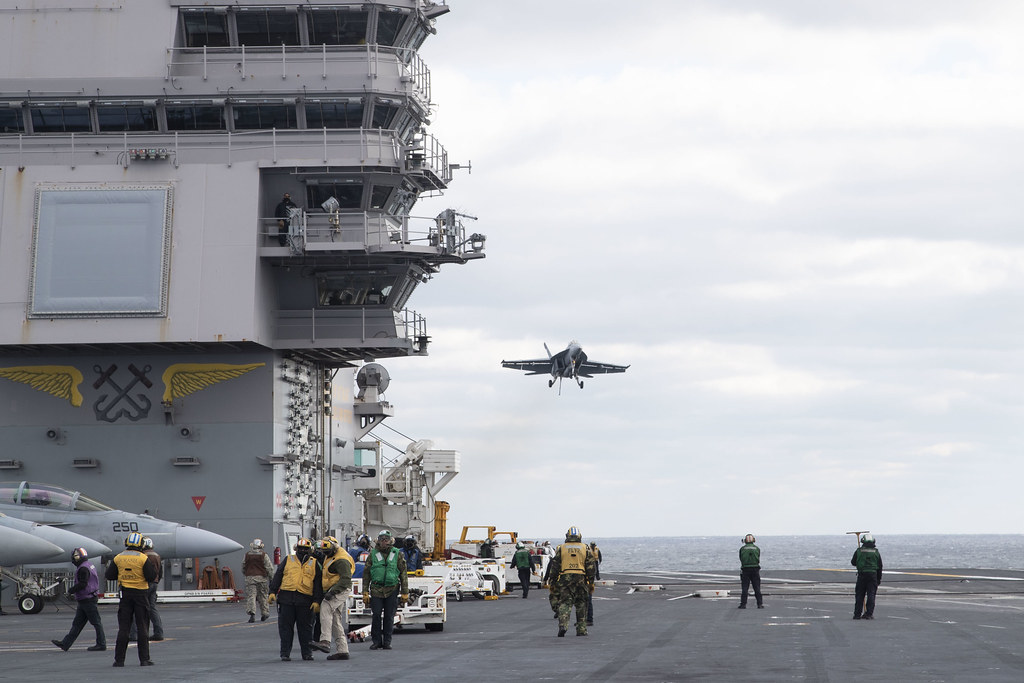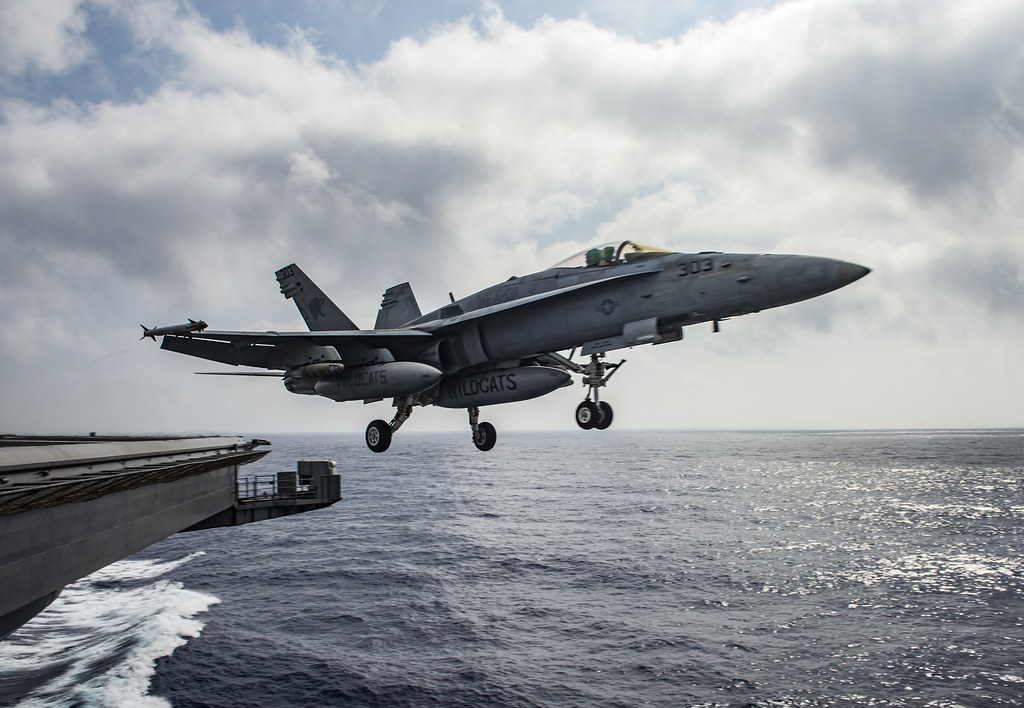
The era of aerial combat is witnessing a revolutionary change as Boeing recently announced a significant breakthrough in air refueling technology.

In a groundbreaking virtual simulation, a US Navy F/A-18 Super Hornet pilot successfully controlled an MQ-25 Stingray unmanned aircraft to conduct mid-air refueling. This marks a pivotal moment in the military’s efforts to streamline and enhance aerial operations.

Juan Cajigas, Director of the Advanced MQ-25 program at Boeing, articulated the intricacy of the operation, stating, “Aerial refueling is like a ballet as two airplanes come together.” The pilot’s newfound ability to independently manage these tasks represents a significant leap forward in aerial refueling capabilities.

The simulation, carried out in a simulator lab, confirmed the efficacy of innovative software designed to improve the interface between the crewed fighter jet and the unmanned MQ-25. The test included actual hardware and data links from both the F/A-18 and MQ-25, lending an element of authenticity to the demonstration.

Highlighting the future potential, the MQ-25 Stingray is expected to assume the refueling duties currently performed by the F/A-18 fighters. This development is anticipated to conserve the flight time of Super Hornets, which is presently 20 to 30 percent dedicated to refueling operations, thereby enhancing mission capacity.

The new software arises from the necessity to decentralize control of the MQ-25’s refueling actions from a carrier-based human operator to the fighter pilot in the cockpit.

Alex Ewing, F/A-18 New Product Development lead at Boeing, clarified the operational flexibility this software introduces, allowing “pilots to initiate commands right from their cockpit.”

This shift in control dynamics is not just a logistical enhancement but also a strategic imperative. The United States Air Force, which operates an impressive fleet of 555 tanker aircraft, far surpassing the Russian Air Force’s modest 19 tankers, relies heavily on these tankers to project power globally. The new software thus solidifies the US’s ability to conduct prolonged operations across the globe.

In line with this technological triumph, the US military showcased tactical prowess in a recent operation where over 100 weapons struck multiple Houthi rebel areas in Yemen.

The F/A-18EF Super Hornets were central to this massive strike, delivering precision-guided munitions and exhibiting the robustness of current military hardware and strategy.

The synergy of advancements in unmanned aerial refueling technology and the sheer force of US military tactics provides a stark message to global adversaries about America’s military capabilities.

This assertion is particularly pertinent as tensions mount in regions like the Red Sea and the Pacific, where US military presence continues to play a critical role in maintaining strategic balances.

Furthermore, Boeing’s advancements are not limited to the skies alone. The forthcoming T-7A Red Hawk trainer jet promises to mold future US Air Force pilots, cementing the US’s air superiority for years to come.

These innovations, when combined, amplify the US military’s effectiveness, ensuring that the nation remains at the forefront of aerial combat technology and operational readiness.

As military tech and politics enthusiasts observe these developments, they witness not only a significant step in military aviation but also a strategic shift that could redefine the parameters of international defense policies and engagements.

